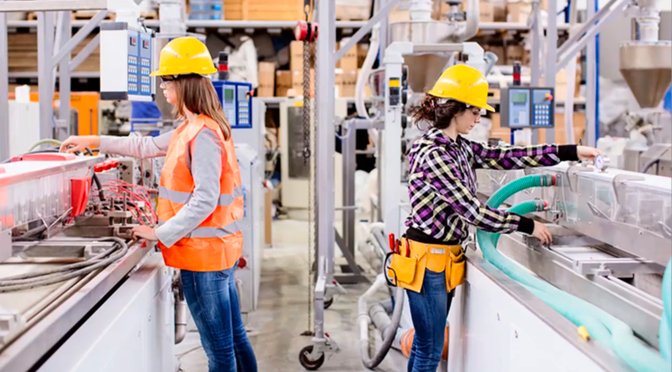MUSKOSKELETAL DISORDER PREVENTION IN THE WORKPLACE

Work related musculoskeletal disorders and overuse injuries due to prolonged standing and walking activities are a common occurrence, leading to foot pain and disorders, owing to the repetitive stress on the bones, joints and soft tissues. Prevention of such injuries involves the strategic use of management strategies integrating physical and psychosocial requirements with human characteristics. Several footwear designs and foot orthotic interventions have shown to influence this relationship between musculoskeletal systems and work-place ergonomics.
When thinking of common job site injuries, usually the first that come to mind are the immediate accidents, the sudden ones that come without warning. Examples of these might be: falling, cuts, fires, tripping, falling objects, collapses, etc.
These injuries are thought of quickly because they can be seen or noticed by all. However, there are other common injuries that occur on job sites that can’t easily be spotted. These are internal damages and one of the most common is Musculoskeletal Disorders (MSD).
OSHA defines this as an injury or disorder of the muscles, nerves, tendons, joints, cartilage and spinal discs. A few well-known examples of this are carpal tunnel syndrome, bursitis and tendinitis.
MSD’s can occur in various parts of the body, but the most-affected area by far is the back. They can be caused by overexertion, awkward postures, improper lifting technique, extreme temperatures, repetitive motion, etc.
Your job description and the way you go about it is unlikely to change, however, there are some ways to avoid Musculoskeletal Disorders.
Preventing Musculoskeletal Disorders
- Improved Work Techniques
- Figure out the best way to complete a job by keeping the goal of decreasing your risk factors in mind. For example, be sure to utilize helpful equipment such as dollies, carts, forklifts and platforms in order to keep you from injuring yourself.
- Proper Stretching
- Suggest a work site stretch and flex program. This presents a great opportunity for team bonding and communication while preparing each employee’s body for the work ahead of them.
- Personal Protective Equipment (PPE)
- PPE is designed specifically to reduce the risk of injury. Wearing shoulder and knee pads and vibration-reducing gloves can really make a difference when working for hours at a job site.
- The use of various orthotic modifications such as heel cups, arch supports, metatarsal pads and total contact inserts showed promising results, with respect to peak plantar pressure in the foot and lower limb dynamics. (Foot Orthotic Interventions on Workplace Ergonomics Study)
- Better tools and resources
- It’s important to ensure that the hand tool you’re using fits the job you are doing and reduces the applied force. Using the wrong tool can cause immense discomfort and long-term side effects. It’s equally as important to discover how to improve the building resources being used. Can the weight be lightened? Can the packaging be reduced?
- Training
- Learning about Musculoskeletal Disorders should not happen on the job, but rather before the job. Workers must learn about the risk factors of MSD’s and how to make ergonomic changes in order to prevent them.
One of the biggest mistakes an employee or employer can make is to not be informed about or prepared for an upcoming job. Don’t make that mistake.
Choose to be prepared. Choose to be informed. Choose to be safe !






